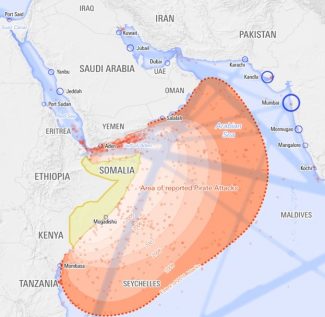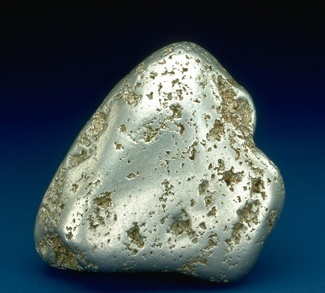Summary
A standard of the post-Cold War global financial system has been the US dollar’s unrivaled status as preeminent global reserve currency, a role that stems from its ample liquidity and its usage in cross-border transactions for various commodities, namely oil. The resulting demand for US dollars represents certain advantages for the United States, such as cheap and easy financing for Washington, even when economic fundamentals don’t necessarily merit it. The dollar’s hegemonic position has also frequently been weaponized in the form of sanctions targeting hostile regimes from Russia to Venezuela, in order to achieve US foreign policy goals.
Yet as the United States’ hegemonic position has eroded in recent decades, new questions have emerged concerning the greenback’s enduring status as global reserve currency. Ironically, these two aforementioned advantages are contributing to the doubts, with Washington’s insatiable debt appetite giving pause to would-be buyers, and others mulling de-dollarization following years of being on the receiving end of punitive sanctions. In addition, new alternatives such as the euro and, to a lesser degree due to its strict capital controls, the renminbi are slowly eating into the US dollar’s share of the reserve portfolios of central banks around the world.
But slow is the key word here. While the US dollar is now coming down to earth as other global economies assert themselves, there’s still a long way to go before would-be challengers can match the present utility of the greenback in global trade.




